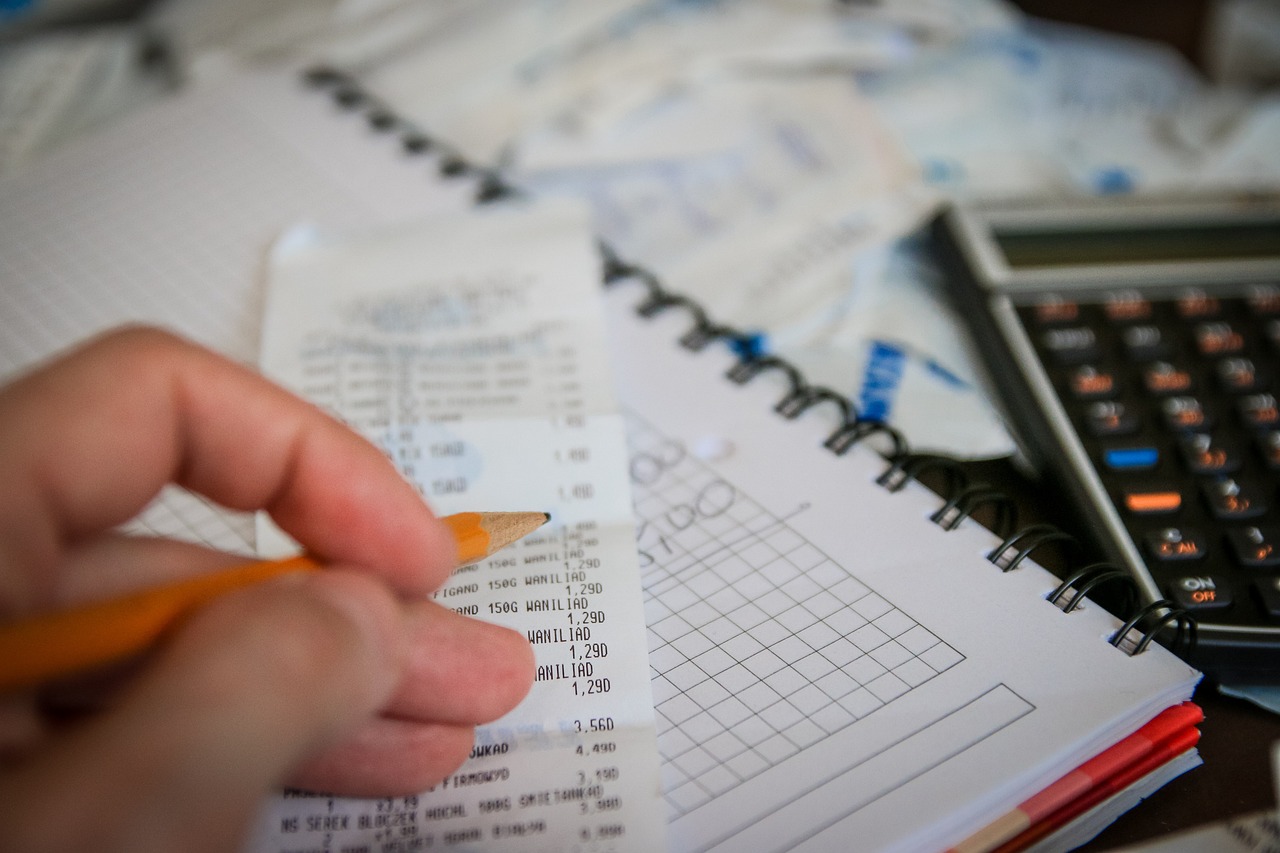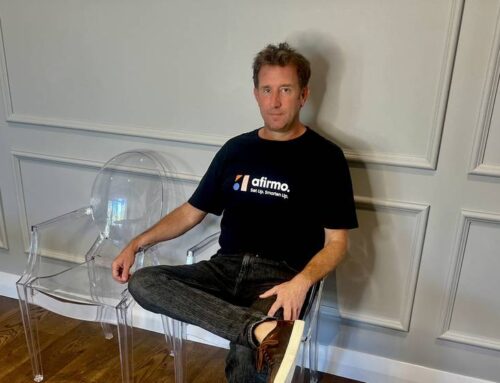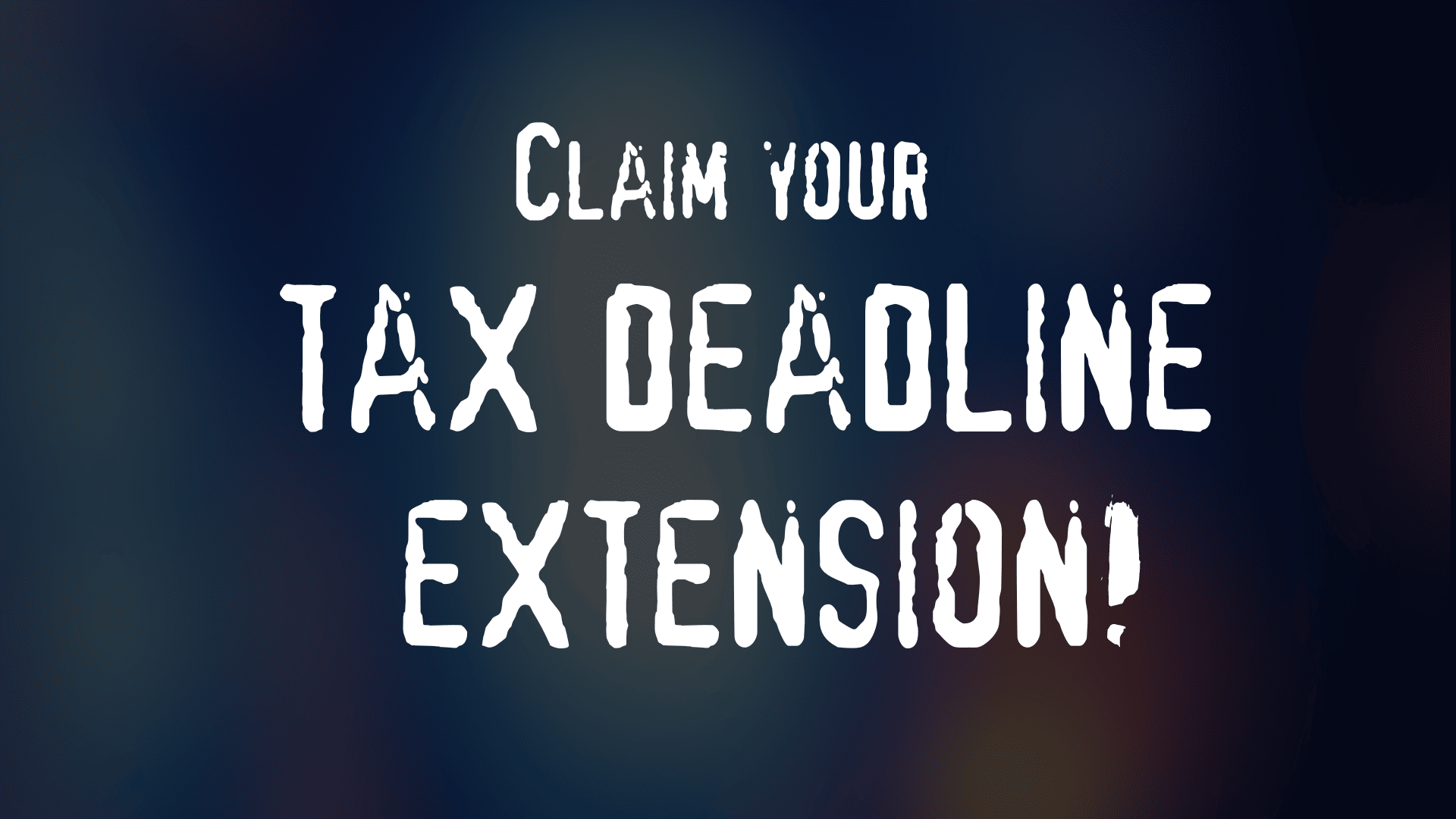When you run your own business you pay tax on your profit, which is your income minus any expenses you can claim. That’s why it’s important to understand what business expenses you can claim and to keep good records. It allows you to avoid paying unnecessary tax.
This guide is written to help you get started on making sure you’re claiming the expenses you’re entitled to and not claiming the ones you shouldn’t. Once you’ve got your head around the basics, it’s always a good idea to talk to an accountant or tax specialist, even if it’s just to check you’re set up to do the right thing. Let’s start with a quick summary of the main expense types.
What are the main types of business expenses?
Business expenses are the costs you need to incur to earn the income that’s being taxed. They’re not just anything you decide to pay for out of the business bank account. They have to be business related.
At a high level, there are three main types of expenses:
- Consumables – money you spend on what your business consumes, such as advertising, rent, wages, raw materials, power, insurance and so on.
- Assets – money you pay to buy assets, such as a vehicle, machinery, computers and office furniture. This is known as ‘capital expenditure’ and refers to things you’ll keep for a while that cost more than $1,000. For assets you generally claim their drop in value (depreciation) each year, rather than the initial one-off cost.
- GST – if you’re not registered for GST, you use the GST-inclusive prices paid for claimable business expenses. If you’re registered for GST, your income tax calculations must exclude the GST on income and expenses. GST has a separate process to income tax.
Examples of business expenses
Here are some common examples of businesses expenses that can be claimed:
- Interest on loans related to operating the business (except for the interest on any residential investment property mortgages drawn down after 26 March 2021 and an increasing portion of the interest on earlier ones, as the ability to claim this is being phased out over four years to 31 March 2025)
- Accountancy, legal and bank fees
- ACC levies, except for the earner levy
- Premiums for some types of insurance
- Rent for premises, such as an office, workshop or warehouse (see below for home offices)
- Depreciation of assets, such as machinery, computers, vehicles, air conditioning units, security systems – but not their initial cost
- Repairs and maintenance to business-owned assets, but not substantial value-adding renovations to premises
- Business travel, freight costs and vehicle operating expenses
- Power, gas, water, broadband, waste removal and council rates
- Raw materials, components and products for resale
- Business-related software, subscriptions, memberships, magazines and books
- Marketing, advertising, website costs, stationery and uniforms
Sometimes you can only claim part of an expense
There are two main examples of this to keep in mind – entertainment and when there’s some private use involved in an expense.
Entertainment expenses
This is a tricky area because business entertainment (usually food, drink and/or give-aways) can be either 100% or 50% deductible, depending on the circumstances. Either way, the purpose must be to help your business earn income, otherwise you can’t claim it at all. You can’t just shout your friends a round of drinks, put it on the business credit card and call it entertainment.
Inland Revenue provides a useful guide to entertainment expenses. In very general terms, 100% deductibility is only allowed when there’s no private element at all. Examples include an employee’s meal while away on business, entertainment that promotes your business (provided the public has as much access to it as anyone associated with your business) and light meals for senior managers at something like a board meeting.
Some 100% deductible entertainment expenses where an employee receives the benefit can be subject to fringe benefit tax (paid by the business). This is typically when it’s a prize or incentive. A common example is a performance reward, such as a restaurant or travel voucher.
Part-private, part-business use
It’s very important to keep your personal and business spending records separate. However, sometimes this is not possible. In these cases you need to calculate the percentage of business use and keep very careful records of how you made that calculation. Then you can claim the business use percentage of the expense.
Claiming for regular use of a private vehicle
If you sometimes use a private vehicle for business purposes, such as making deliveries, you need to keep a vehicle log book to work out the percentage of business use. You begin by recording the start date and odometer reading at that time. Then, for each business trip you record the date, purpose and distance travelled. Finally you record the date and odometer reading after at least 90 days. It should cover a typical business-use period and you need to repeat the exercise at least once every three years.
For occasional or one-off use of a private vehicle, Inland Revenue publishes kilometre reimbursement rates for each tax year.
Claiming home office expenses
Another very common example of partial private use is when you’re a sole trader or business owner and work from home. It’s impossible to separate out expenses like rates, electricity and so on. To make this easy, Inland Revenue has a simple rule. You use the floor area of your office as a percentage of your home’s total floor area. If it’s not a dedicated office space, i.e. just a desk in someone’s bedroom, then you further adjust for the percentage of time it’s used for non-business purposes.
You can claim that percentage of related expenses, such as:
- Council rates
- Power, gas, water and internet
- Rent or mortgage interest
You can claim up to 50% of phone line rental, if you can justify it, and 100% of business-related toll calls. If you think your percentage of internet costs is higher than the floor area method allows, you can also adjust it based on reasonable justification.
As with all business expenses, you must keep copies of these bills and payment records for seven years in case Inland Revenue wants to audit your tax returns.
If you’re registered for GST you can use the same percentages when calculating your GST returns.
Next steps
If you’re not sure about claiming a business expense, turn to Afirmo to help. We offer a handy tax tool that steps you through what you need to know, helping to ensure you meet your tax obligations. It also makes preparing your tax returns a breeze. To learn more, check out the Afirmo Tax Tool.
Related Resources
- Check out our guide to claiming back your GST
- See our guide to calculating your GST refund
- Use our handy GST calculator
- See our Beginners guide to Tax for self employed people




